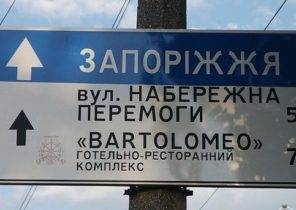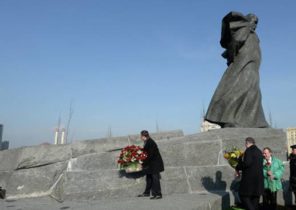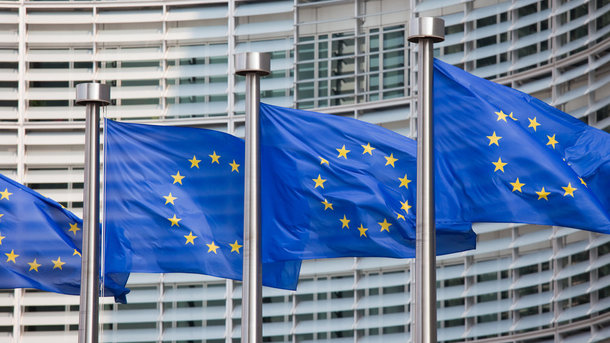
Recent years in Ukraine only talks about European integration, but many still do not understand who and than is headed in the European Union. “Today” figured out how to work the world’s largest interstate Association in which he lives more than 500 million people.
The idea of a United Europe belongs to the French philosopher Guillaume Bed, who invented this model in the XVI century. However, in the form in which we know it today, the EU began to emerge only after world war II. With the Paris Treaty created the European coal and steel community, which included Belgium, Germany, France and Italy. Then with the help of the Treaty of Rome these countries created the European economic community and Euratom. The last stage of the formation of the European Union in the form in which we know it today, was Maastrichti Treaty of 1992. He created directly by the European Union and changed many of its institutions.
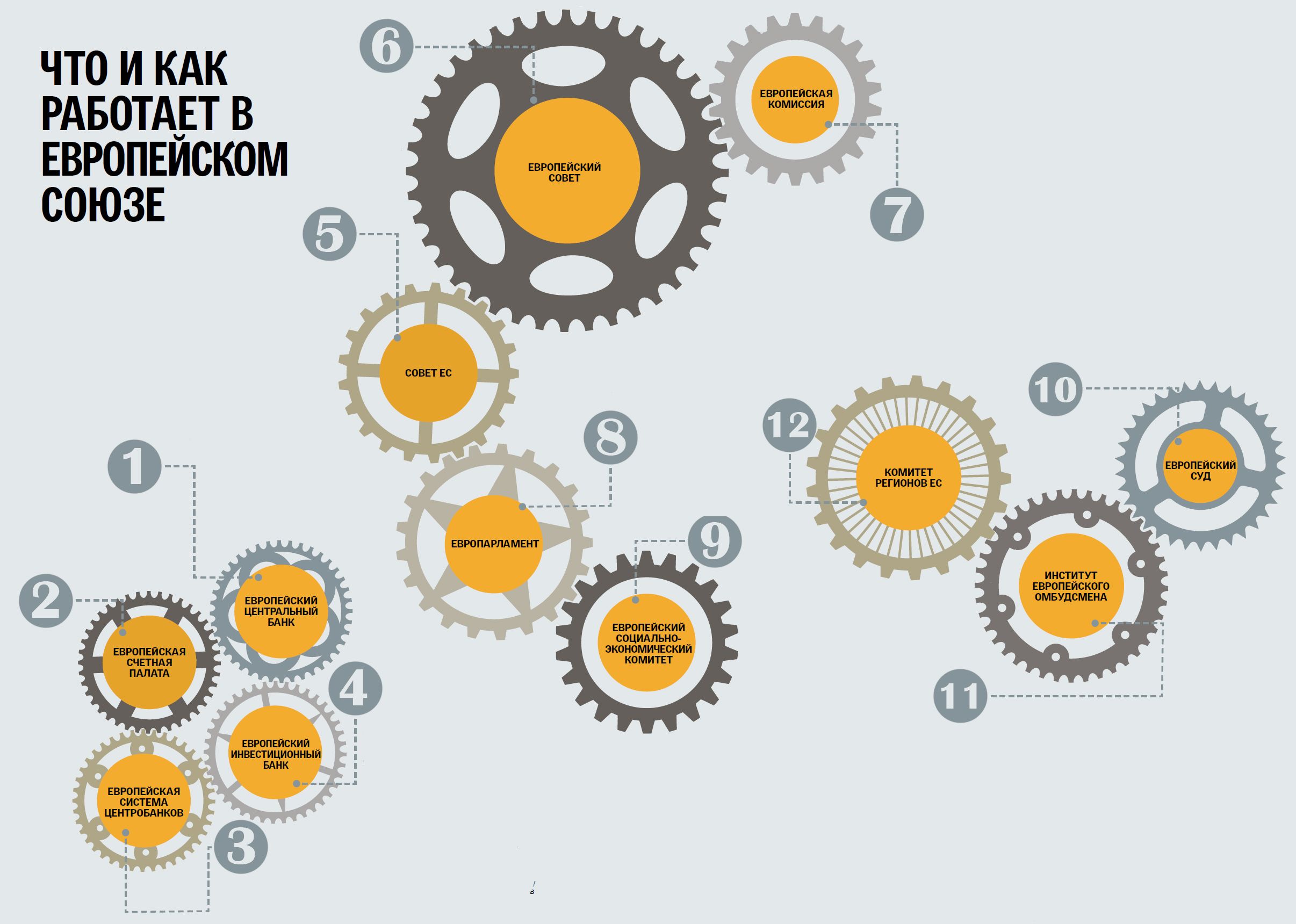
1. THE EUROPEAN CENTRAL BANK
Undoubtedly, such a powerful economy as in the European Union (GDP is over $13 trillion), could not do without a private banking system, headed by the European Central Bank. It was formed in June 1998 and located in the German city of Frankfurt am main. Its main function is to develop and implement monetary-credit policy of the Euro area. In addition, the ECB manages the foreign exchange reserves of the Union that prints the Euro and determines the key interest rates of those loans issued by the EU investment Bank.
2. EUROPEAN COURT OF AUDITORS
The main audit body of the European Union, whose headquarters is in Luxembourg, was established in 1975. The main task of the chamber of accounts — check the budget of the Commonwealth and its agencies. That is, the auditors leave the inspections to the European Commission or the European Parliament, checking their reports on expenditure and income. In addition, the authority has the right to inspect budgets of the countries-members of EU and countries that receive financial assistance from the Union. For example, last year the President of Ukraine signed the law under which domestic farmers can obtain from the European Union EUR 400 million. In the case if the EU will allocate this money, then we should wait for the inspection in the person of the chief audit on Europe. Your conclusion of the accounting chamber is in the form of a report at the end of each year to the EP and the EU Council.
3. THE EUROPEAN SYSTEM OF CENTRAL BANKS
Finally, the important role the banking system plays the European system of Central banks (ESB). It brings together in one structure of the ECB and national banks of all 28 member countries of the EU. The purpose of the whole structure is to maintain the stability of the Euro currency and to support the main directions of EU activities in the economy. While ESB is not possible to regulate the monetary policy of all countries in the Euro zone, — not all States use as the main currency, the Euro.
4. EUROPEAN INVESTITSIONNY BANK
The investment Bank in charge of long-term loans from the European Union. Its authorized capital is formed from contributions of member-States last year amounted to slightly more than 232 billion euros. The main purposes for which it grants loans — regional development and modernization of enterprises, which are important for the EU market. First of all it’s energy, transport and telecommunications. So, last year the EIB has provided Ukraine with 3 billion euros on energy security. In addition, according to the Chairman of the investment Bank Werner Hoyer, over the next two years Ukraine will receive another 8 billion euros.
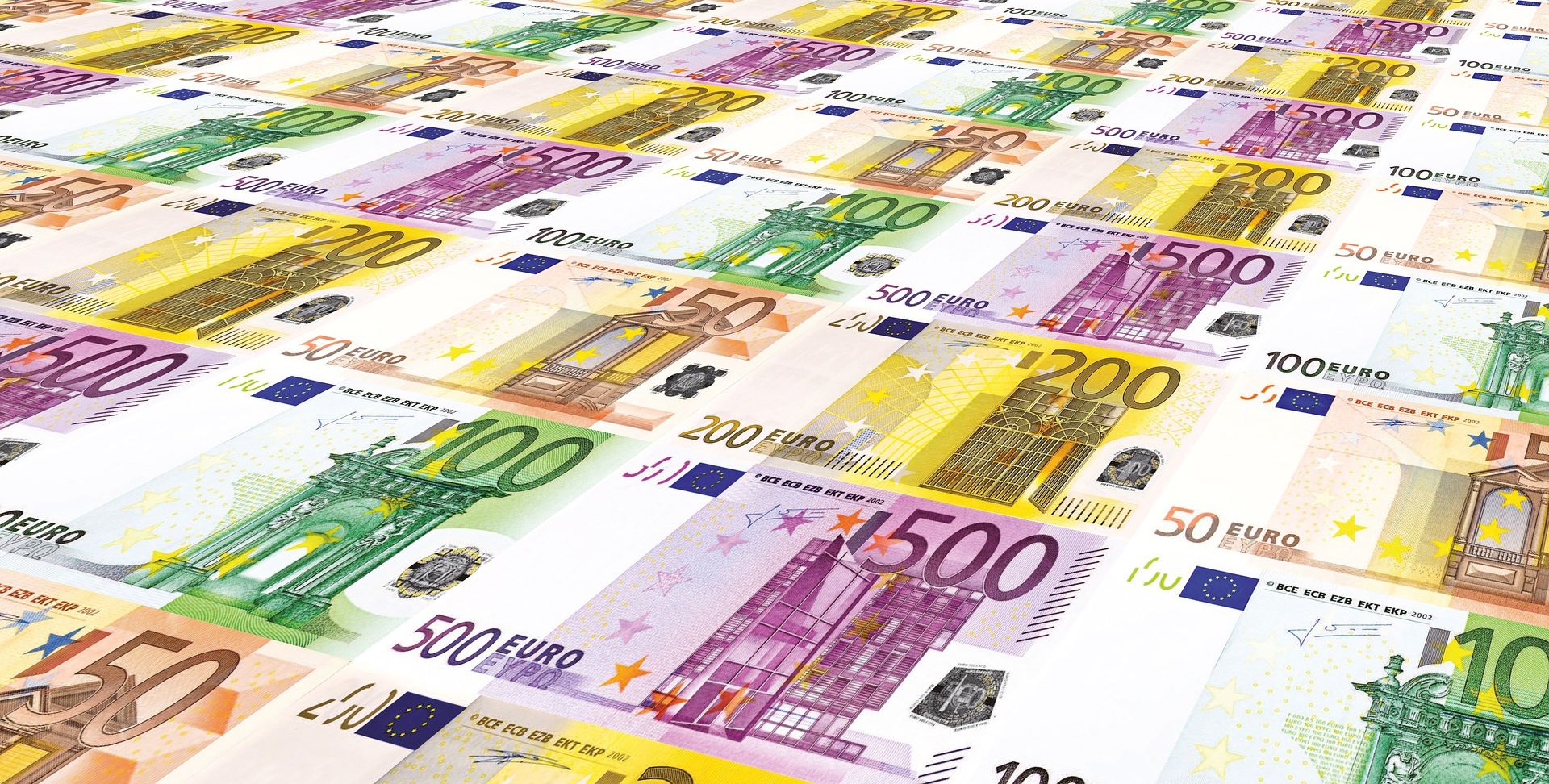
5. THE COUNCIL OF THE EU
Council of the European Union also called Council of Ministers or the Latin word Consilium. It’s a cross between a traditional Cabinet of Ministers and Parliament — a symbiosis between the Executive and the legislature. Consists of 28 people — one from each member country and another Commissioner, which, however, no right to vote. Despite the fact that the EU Council to re-vote almost all of the documents that are passed by the European Parliament, there are features that belong exclusively to him. He has more, for example, control over foreign policy and macroeconomic coordination. In this regard the EU Council can make decisions independently, without waiting for the verdict of the EP. Note that on the solutions has about 250 expert groups. After passing through the European Parliament, the fate of the visa regime between the EU and Ukraine will depend on the EU Council.
6. THE EUROPEAN COUNCIL
The highest political body of the European Union, which consists of the heads of state and government of all member-countries of the Commonwealth. Initially, it was not included in the structure of the EU institutions and were mainly used for “ceremonial” manual. However, this all changed with the ratification of the Lisbon Treaty in 2009. The main task of the authority is that when considering a particular issue (for example, the Ukrainian bezveza) in the presence of politicians at the highest level, attaches to the decision of the most importance and legitimacy. If the analogy, then a positive decision of the European Council can be compared with the signature of the President under the law, finally giving him strength.
7. THE EUROPEAN COMMISSION
The Central Executive body, which monitors implementation of the decisions of the European Parliament and of the Council of the European Union. In addition, it has the exclusive right of legislative initiative — only she has the right to propose draft laws to the European Parliament. It should be noted that its main activity concerns the economy. Is the Commission in Brussels, especially designed in 1960, the building which bears the name of St. Boniface. Only the European Commission has about 33 thousand people, most of them Belgians. Also note that the first Commission was created in 1951 when the European Union held the European coal and steel community. It is on the European Commission will have the function of suspension of the visa-free regime in case of any violations.
8. The European PARLIAMENT
One of the main legislative organs of the Union, whose members are directly elected by the citizens of member countries of the EU. The European Parliament is the second largest elected body in the world (751 MP), second only to the Indian Parliament (790 MPs). The distribution of deputies there is also uneven: Germany represent 96, and Malta — 8. Elections to the EP are held every five years since 1979, although experts note that every year the turnout is lower — since 1999 it does not reach 50%, and the last time (in 2014) reached 42,54%. The main role of the Parliament, first of all, the approval of the budget of the EU (in 2017 it is nearly 158 billion euros, six times more than Ukrainian). However, each decision of the Commonwealth requires either the approval of Parliament, or request his opinion. Interesting situation in the issue of legislative initiatives — the European Parliament is unable to apply the laws to himself for consideration as it can do the people’s deputies of Ukraine. It is the exclusive right given to the European Commission, which monitors… of the European Parliament! It approves the appointment of the members and has the right to dissolve it, though for all time of its existence has not took advantage of this opportunity. If to speak about the urgent issue of visa-free regime for Ukraine, it is first considered at the committees of the EP, and then goes directly to a vote. So, now the vote is expected February 13-16.
9. EUROPEAN SOCIO-ECONOMIC COMMITTEE
The Advisory body of the European Union established in 1958 through the Treaty of Rome. It consists of 344 people, who are appointed by the Council of the European Union for 5 years on the recommendation of the governments of the member States. The number of members is not evenly distributed. For example, today the Committee of 24 representatives from Germany, France, UK and Italy. However Denmark, Finland and Lithuania represent nine people from each country. The main task of this body is to represent the interests of different groups (farmers, environmentalists, employers) to the European Commission and the European Parliament. In addition, the key bodies of the Commonwealth are obliged to consult the Committee on all socially and economically important issues. Such, for example, include the provision of a visa-free regime for our country. In fact, according to the eighth European Commission President Jacques Delors, the EESC — a bridge between the European Union and its citizens.
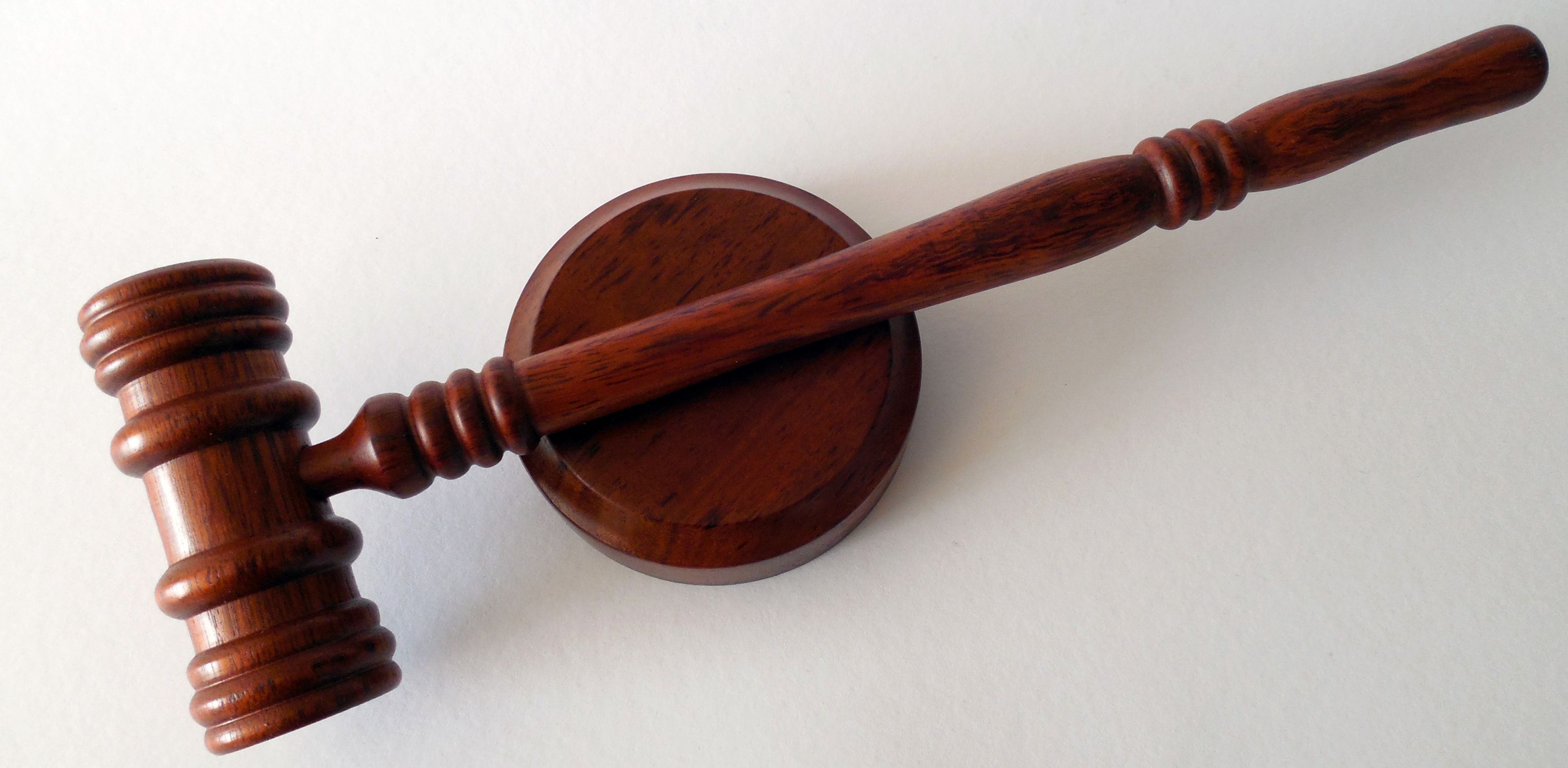
10. THE EUROPEAN COURT
The European court — the highest court of the EU, whose decisions appeal is impossible. This is one of the first bodies that was created in a United Europe: it was established in 1951 through the Treaty of Paris. In this case, already in 1957 the Treaty of Rome obliged him to keep brand all European treaties. So, today it monitors, in particular, the Association Agreement between Ukraine and the EU. The court has 28 judges, one from each member state of the Commonwealth. Their work is eight advocates-General. Of court have two main functions: first, it checks for compliance with basic laws, all the documents that adopts the EP and the EU Council, and secondly with the requests of national courts, in making a final verdict on those or other issues. In fact, it is the only judicial body in the EU structure. The exception is the European court of human rights, however, its jurisdiction extends not only to member countries.
11. INSTITUTE OF EUROPEAN OMBUDSMAN
A separate unit is the office of the Commissioner for human rights of the European Union, which was created in 1993 through the Maastricht Treaty. The Ombudsman is elected for five years by the European Parliament and must be a citizen of a member country of the EU, and comply with the demands made in his country to the candidates to the highest judicial offices. The Ombudsman is entitled to investigate on its own initiative or in response to a complaint about violation of human rights. The EU institutions, without exception, are required to provide any information and access to the document. Its final report on the investigation the Ombudsman shall present to the European Parliament. Additionally, he reports annually to the EP on all the investigations conducted during the year.
12. THE EU COMMITTEE OF THE REGIONS
One of the main consultative bodies of the EU, which was created in 1994 and unites 350 local authorities (municipalities, districts and communes). It serves as a guarantee that regional authorities participate in the activities of the European Parliament, the European economic and social Committee and other EU institutions. In fact, its main task is to defend the position of regions of such a community during the legislative process. The Maastricht Treaty, the European Commission and Council of Ministers are obliged to consult the Committee on matters affecting the regional level. It is, in particular, on the socio-economic issues, health, education, culture and transport. Interestingly, after the entry into force of the Amsterdam Treaty in 1999, the Committee does not have to coordinate its decisions with the Council of the EU, as it was before. For example, in 2015, the Committee established a group, whose task was to develop a plan for Ukraine to decentralize power.
POLICY FORMS
In 2014, the Dutch architect-designer David Mulder van der Vegt and Max Cohen de Lara, after analyzing almost two hundred forms of the parliaments of the world, compared them with the political structure of the countries by the index of democracy came to an unexpected conclusion — political structure of the country affects the architectural form of the main legislative body. So, according to their study, found mainly five types of parliaments: “two benches”, “classroom”, “round”, “circular barbell” and “semicircle”. For example, externally, the state Duma of the Russian Federation and the Kgotla (the official name of the Parliament) Botswana at each other like little — if in the first case, it is well-lit room with huge screens, the second — a small room with wooden benches and thatched roofs.
“But both of these buildings derive an architectural DNA — classroom. And it is very convenient if you want to focus on the foreground, says van der Vegt. — This approach is popular in countries with undemocratic regimes”. Indeed, according to the Economist Democracy Index, and in Russia, and in Botswana — authoritarian regimes. Speaking about the European Parliament, its form, the researchers klassificeret as “semicircle” is the most common form of Parliament in Europe. This form goes back to the ancient amphitheater and is one of the democratic types of government. According to the authors, this type of organization of space allows the audience to better see and hear any speaker, no matter where he was. In addition, such a plan, “addresses the visual signs of power”.
